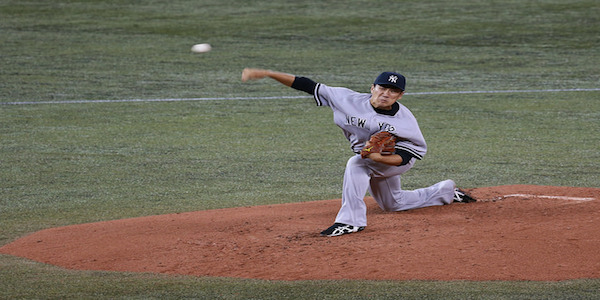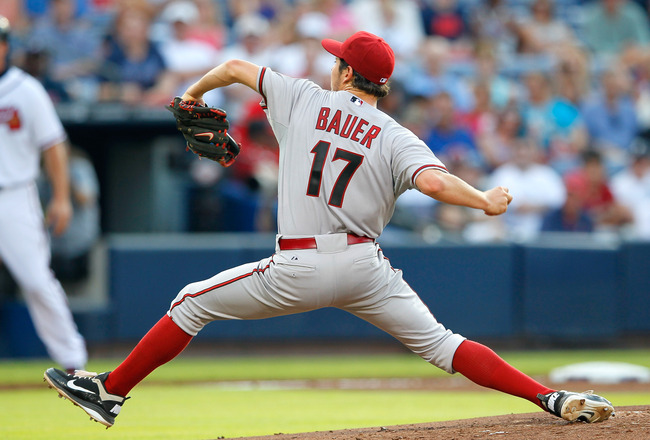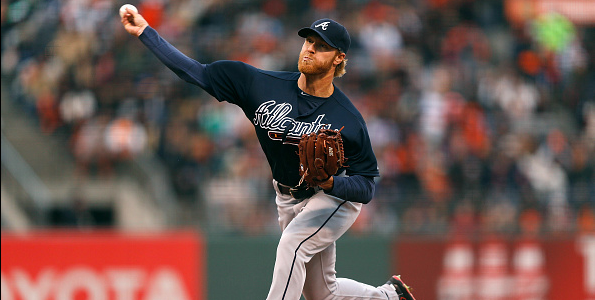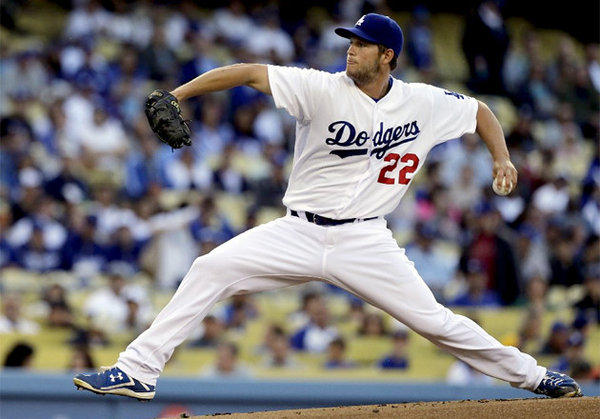2014 Fantasy Baseball: What Can We Expect From Masahiro Tanaka?
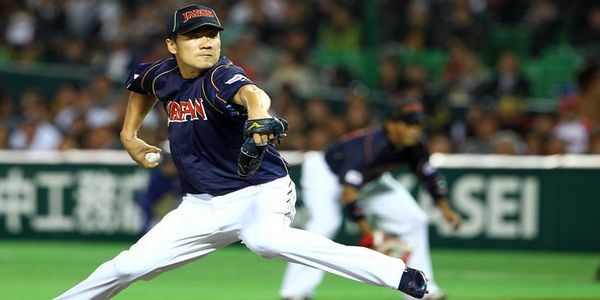
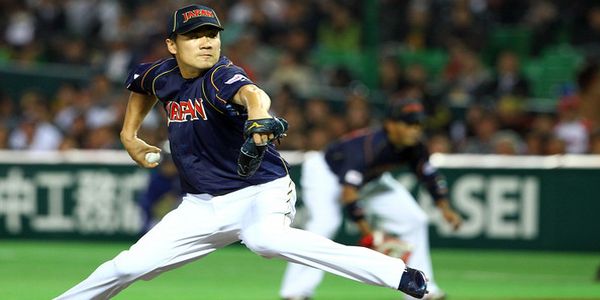
Time flies when you are having fun, and contracts go berserk when you aren’t paying attention. The New York Yankees will pay Tanaka 155 million dollars over the next seven seasons, and it will cost them a combined 175 million after the posting fee. That is a combined 25 million per season for someone that hasn’t thrown a pitch at the big league level.
Of course, when you look at the Japanese numbers you might think you are looking at a pitcher created in Nintendo or Sega. Tanaka had a sparkling 24-0 record with a 1.27 ERA and a 0.943 WHIP last year. Obviously, he isn’t going to produce those numbers in the states, but how can we know for sure where to place in the MLB continuum?
Statistical forecasters and scouts alike have been doing the same over here for years. We pretty much know what to expect from a AAA pitcher, a AA pitcher, or a pitcher straight out of college. We have plenty of examples to draw from, but we don’t have the same for pitchers coming from Southeast Asia or Cuba. We have a few examples sure, but how comparable are they to Tanaka?
One of the frustrations for many talent evaluators is that lay people tend to compare players across racial or ethnic lines. It happens in football and basketball as well. Black quarterbacks are compared to black quarterbacks and white basketball players are compared to Larry Bird. Truth be told, Tanaka and Yu Darvish are not necessarily similar pitchers. However, we can take a look at how pitchers from Japan made the jump across the pond.
So, we are not comparing the style of the pitchers, but the statistical drop off they experienced in the first year in the big leagues. Beyond that, there is little to compare. Yu Darvish improved in year two and Hiroki Kuroda has done the same as he seems to get better with each passing season. Daisuke Matsuzaka never really approached his first season again and Hideo Nomo was the same way. No one knows which pattern Tanaka will follow.
So, what we are looking for is not a direct statistical comparison, but a rate of slippage from Japan to the United States. So, let’s take a look at those three players and how they did in Japan in their last season in comparison with how they did in their first season in the big leagues.
- Wins: 17/15
- INN: 186.1/204.2
- ERA: 2.13/4.40
- SO: 200/201
- WHIP: 0.923/1.324
What we found with Matsuzaka is that he continued to be difficult to hit (and continues to be difficult to hit) but he simply struggled with his control. The mounds are different in the United States, so it is highly likely that he just never made the adjustment. He suffered from arm trouble and is now trying to catch on again with the Mets.
- Wins: 12/9
- INN: 179.2/183.1
- ERA: 3.56/3.73
- SO: 123/116
- WHIP: 1.213/1.216
I think in terms of style, Tanaka is probably most similar to Kuroda and considering that they will be teammates it provides Yankee fans with hopes that Tanaka can have a smooth transition. Kuroda was never really dominant in Japan, so it was somewhat surprising that he has developed into a borderline all-star. Honestly, if the Yankees get current Kuroda production out of Tanaka then they probably will be ecstatic.
- Wins: 18/16
- INN: 232.0/191.1
- ERA: 1.44/3.90
- SO: 276/221
- WHIP: 0.828/1.280
Darvish really improved from year one to year two in the United States and a lot of that was due to a lower walk rate. Tanaka is renown as a control pitcher, so he might not have the same issues. That being said, Yankee Stadium isn’t kind to pitchers. I could see a similar fall off in ERA happening with Tanaka.
So, based on these numbers we can make an educated guess on Tanaka. Of course, I make the usual caveats about small sample size. Those projection systems (such as PECOTA and Steamer) are based on hundreds of player profiles (maybe even thousands). This is a profile based on three players. Naturally, my confidence is low, so take it for what it’s worth.
- Wins: 24/15
- INN: 212.0/205.1
- ERA: 1.27/3.50
- SO: 183/160
- WHIP: 0.943/1.175


